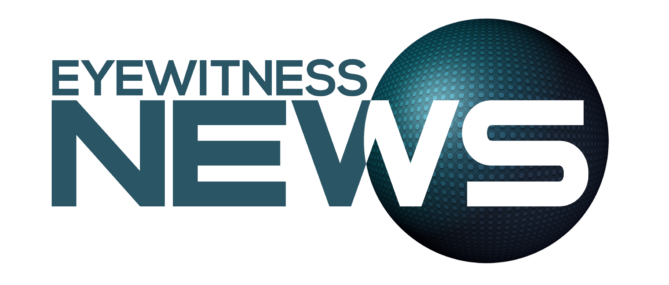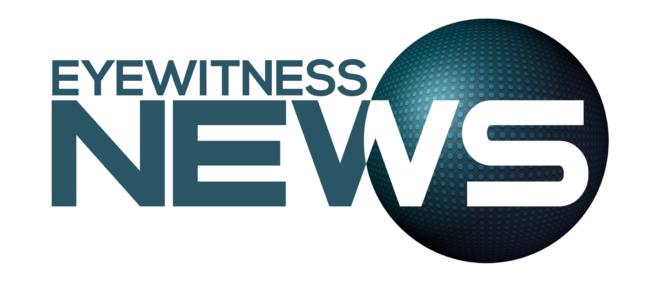By Derek Smith Jr
The compliance function has been working tirelessly to assist organizations in avoiding money laundering, terrorist financing, corruption and other mistakes even before the onset of the COVID-19 pandemic. Additionally, for my Caribbean compliance practitioners who have oversight of multiple jurisdictions, it has been an even more daunting task as the cycle of seemingly never-ending changes in acts, regulations and guidance has slowed, but not stopped, since 2016. Notwithstanding the regulatory responsibility placed on the compliance officer to cultivate a culture filled with compliance compatibility, every level of an organization must become partners. This culture should be filled with proactive vs reactive behavior and emanate from boards and c-suite leadership.
The mitigation of reputational risk through strengthening a compliance culture should be top of mind for boards, c-suites and senior leadership. Recent results of the EY Global Board Risk Survey 2021 indicate, however, that only 22 percent of boards believe misaligned cultures will adversely affect their business in the next year. These results showcase the underappreciation that misalignment could introduce unwanted risks.
There are many reasons why it is essential to cultivate a culture of compliance, and in this first article of a two-part series, I will provide two of four tips that can be incorporated to foster a regime that makes compliance compatible.
The top is the guiding light
Traditionally, the phrase used worldwide is “tone at the top”. My usage of guiding light was intentional as it paints the narrative to the employee that boards and c-suites provide direction, vision and leadership for employees to follow while simultaneously expressing to boards and c-suites their key responsibilities. These responsibilities are manifested through their approval of the strategy, monitoring the execution of plans, setting risk appetite and oversight, which should all be underpinned with the view to creating shareholder value.
Boards and c-suites must help transition the view that compliance is a cost producer, but instead, echo that regulatory compliance positively impacts the bottom line. They must explain to every level of employee that compliance is a collaborator rather than a necessary evil. However, to speak confidently about the above, boards and c-suites must ensure they fully understand compliance and how its proper implementation is beneficial. Additionally, establishing one-on-one meetings between c-suites and compliance would enhance leadership’s understanding.
Make compliance everybody’s business
From the first day onwards, every employee within the company needs to be kept in the loop about compliance requirements and qualifications for their positions, and they need to receive regular training and education — this includes c-suites. Training customization is key to ensuring clarity surrounding expectations as well as parameters.
Due to the fluid nature of the regulatory compliance environment, a regulatory change management framework should be established, which includes at a minimum one regulatory change identification, two gap analyses and consistent communication with key management stakeholders, after which changes should be communicated to the wider organization through digestible portions for easy understanding and the avoidance of boredom and burnout.
Conclusion
In short, a successful organization today is one that has learnt how to protect its value through cultivating a compliance culture that directly improves risk management. To establish an enterprise anchored in an effective compliance program, it is essential to create a strong guiding light (tone at the top) and ensure every level of the organization appreciates their role.
Derek Smith Jr is a governance, risk and compliance professional of more than 20 years with a record of leadership, innovation and mentorship. His career has been fortified by holding strategic positions at a TerraLex member law firm, a Wolfsburg Group member bank and a Big 4 accounting firm. Smith is a certified anti-money laundering specialist (CAMS) and the compliance officer and MLRO for CG Atlantic’s family of companies (member of Coralisle Group Ltd) for The Bahamas and Turks and Caicos.






